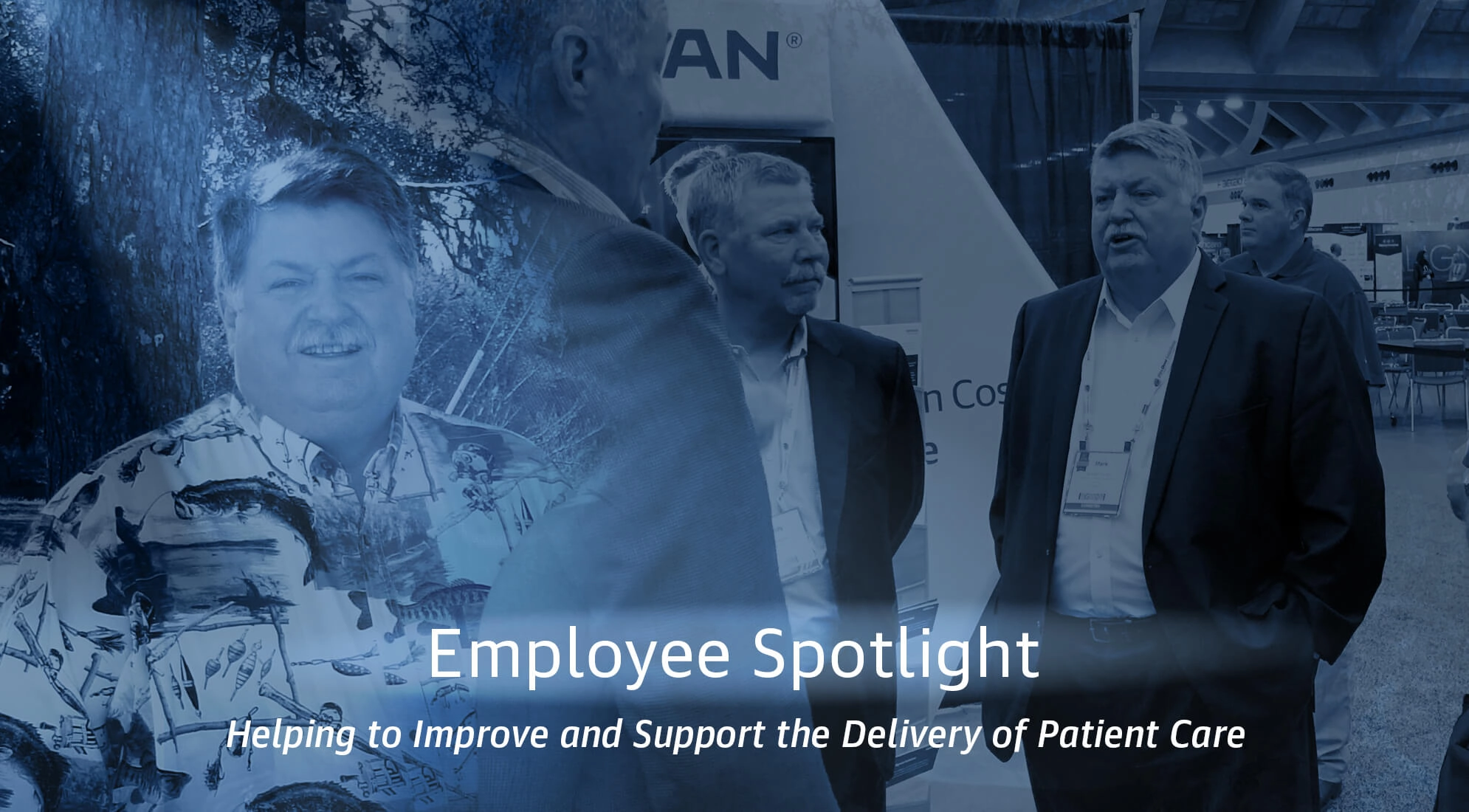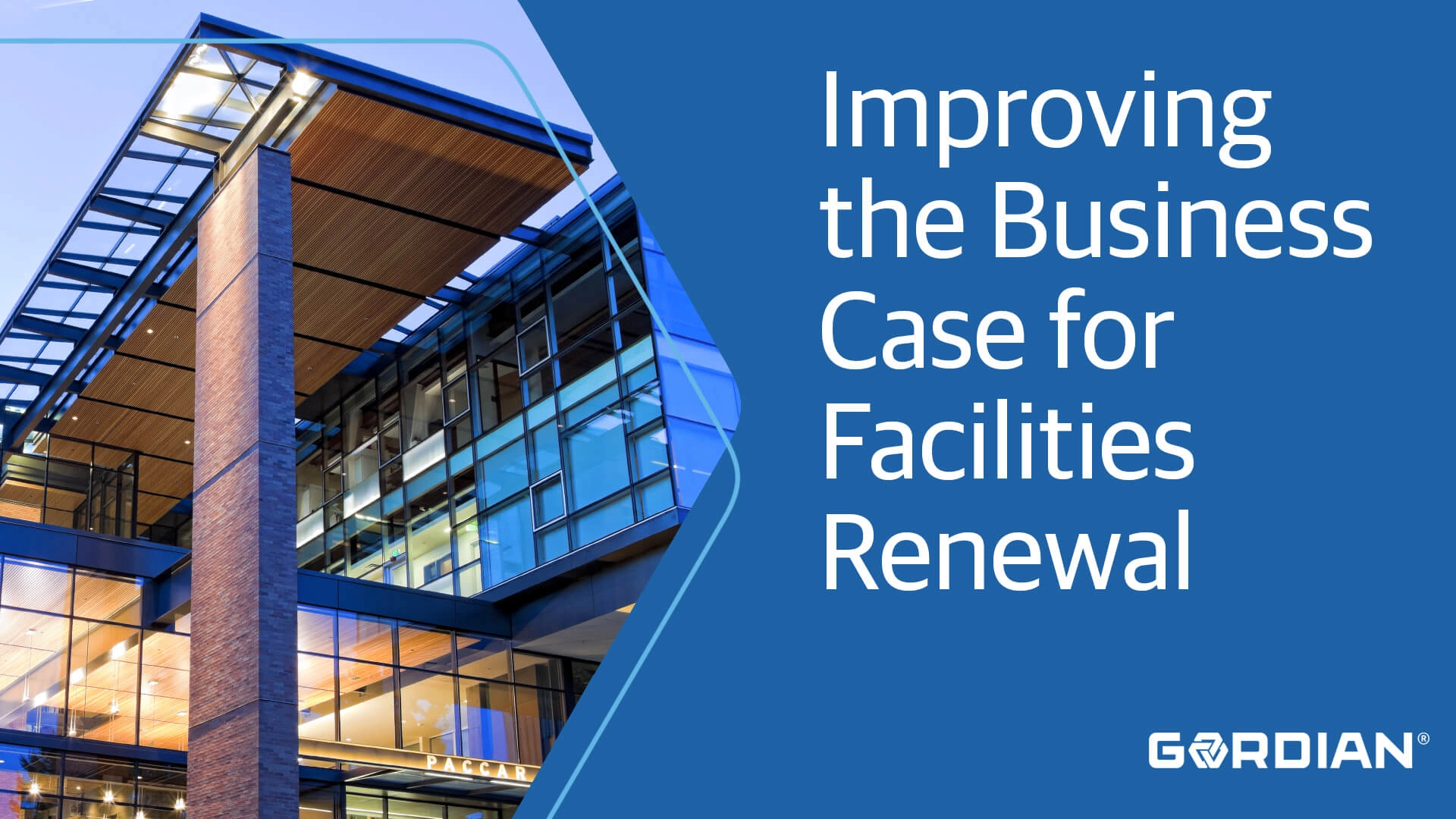Organizations are awash in facilities data, but few people are confident that they’re getting the most out of it. Take the higher ed industry as an example that demonstrates a broader truth. We recently asked college and university decision-makers the degree to which they agree with the following statement: “I believe I’m putting the data my team gathers to its best use.”
The response was jarring.
93% of nearly 600 respondents answered, “Strongly Disagree.” 93%. Nearly the entire field. It’s clear the root issue isn’t having enough data, it’s making sure you gather the right data and know how to use it to make tough decisions about campus facilities.
Put Your Facilities Data Under the Microscope
The first step to building a trustworthy facilities database is to scrutinize the data you have on-hand. Putting facilities data under the microscope means going directly to the people who work on the buildings each day to find out what’s really going on behind the walls. Connect directly with stakeholders for their input about organizing the data in a way that represents reality. In higher education, that means having specific conversations. For classroom utilization rates, discuss shortcomings in scheduling data with the registrar. For programmatic changes, reach out to the departments to determine the trends with the most impact. Lots of good comes from these conversations. Sure, you will leave these talks with more trust in your data and insights about how to structure your database; more importantly, engaging organizational stakeholders early on helps you build alliances for the work ahead.
Gather Facilities Stakeholder Feedback
Stakeholder engagement can take many forms. You might opt for a survey. Perhaps it is better for your organization to get all stakeholders together for a meeting. Maybe functionally-specific focus groups will be most effective for you. There are many good ways to gather input. However you choose to collect data, you should do so with actions in mind.
Consider the asset inventory, where information is gathered at a particular time and updated infrequently. Over time, asset performance changes but the data remains the same. The facilities team knows this and, as a result, distrusts the inventory. Soliciting maintenance staff feedback about the asset in question adds the day-to-day experience of operating the buildings to numbers that may be flawed. Now you have data you can act on. Combining hard data and human experience empowers you to adjust the expected life of a building system or the Scope of Work for an upcoming renovation.
Build on a Foundation of Facilities Data
In the end, trustworthy facilities data creates common ground. This is true for all organizations — college campuses, elementary schools, public parks, you name it. Taking a disciplined data collection approach that gathers expertise from multiple perspectives is key to building a trustworthy database and understanding across the organization. In the end, it’s about building trust. Data is important, but long-term plans can’t be built on numbers alone. It takes real, human experiences to put that data to good use.





